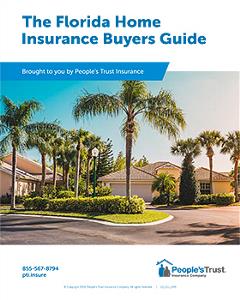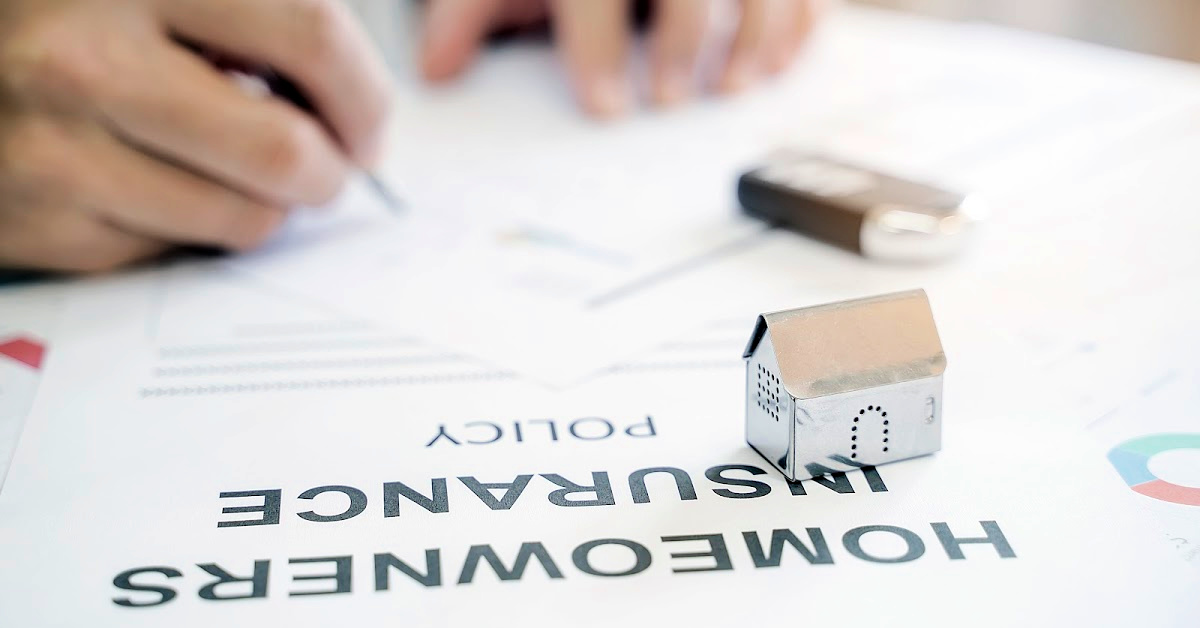Home Insurance Buyers Guide Hub
Learn how to determine how much homeowners insurance you need.
How Much Homeowners Insurance Do I Need ?
Imagine having to file a home insurance claim, but discovering the damage is only partially (or worse, not at all) covered by your homeowners policy. Unfortunately, more than half of U.S. homeowners are at risk of experiencing that stressful scenario. According to property data provider CoreLogic, about 60% of U.S. homeowners are underinsured.
While your insurer will provide a recommended coverage limit to help you purchase a policy, it’s a good idea to educate yourself as well. Below, we’ll cover the factors you’ll want to consider when determining the right amount of home insurance for your needs.
For starters, let’s define what’s considered a sufficient amount of homeowners insurance. Essentially, your policy limits should allow you to:
- Rebuild your home
- Replace all your personal possessions
- Financially cover injuries and damages that happen on your property (i.e. liability)
- Be reimbursed for living expenses if damages make your home uninhabitable (known as additional living expenses or loss of use coverage)
Having Enough Dwelling Coverage
Dwelling coverage is the part of your homeowners insurance policy that helps pay to rebuild or repair your home if it is damaged by a covered peril. Your dwelling coverage should equal the replacement cost of your house, which is not always equal the home’s sale price.
For a precise calculation of your home’s replacement value, using a certified appraiser is recommended. However, you can calculate the value yourself by multiplying the average construction costs per square foot for your city by the square footage of your house to get a rough estimate of what it would cost to rebuild. You can learn the average construction costs in your area by contacting a local real estate agent, builders association, or your insurance agent.
If you are estimating your home’s replacement value on your own, keep in mind that things like customizations you’ve made, bringing older features up to modern building codes, and the changing costs of materials and labor can all increase the cost of rebuilding.
It’s best to work closely with your insurers to explore flexible policy options such as extended replacement cost coverage (which provides a percentage of additional coverage to absorb unpredicted constructions costs) or guaranteed replacement cost coverage (which pays to rebuild your house no matter how much construction costs have increased since the policy went into effect).
Finally, you’ll want to ensure that your home is covered against all the perils it’s at risk for. For example, most homeowners insurance policies don’t cover flood damages. If you live in area that has experienced flooding in the past, you’ll want to purchase a separate flood insurance policy to make sure you’re covered. Since the likelihood of certain perils (like floods, windstorms, or earthquakes) and home insurance standards differ from region to region, consult with your insurer if you have any concerns about what perils may occur in your area that aren’t included in your current homeowners policy.
Having Enough Personal Property Coverage
Personal property coverage applies to all the belongings in your home. In general, you’ll want enough coverage to replace all your belongings in case they are damaged, stolen, or vandalized. Conducting a home inventory can help you estimate the value of your belongings, which can help you figure out the policy limit you’d need to be able to replace everything.
Now, it’s important to keep in mind that most home insurance policies automatically include coverage for your personal property at Actual Cash Value, which factors in depreciation at the time of loss.
For example, your TV needs to be replaced, and the cost of the TV when you purchased it 5 years ago was $1,000. The value of the TV today due to depreciation is $500. Therefore, you would receive a check for $500 if your insurance policy only covers the Actual Cash Value. But, for an additional premium, you can add a Personal Property Replacement Cost coverage endorsement—which will settle losses to your specific personal property without factoring in depreciation. In that same TV example, you would receive a check for $1,000 to replace your TV.
However, even with a Replacement Cost endorsement, personal property coverage has its limits. Coverage for high-value items such as jewelry, electronics, collectibles, sports equipment, or tools often require a special endorsement and separate coverage. As you make your home inventory, note the most expensive items and their estimated replacement costs. Then, ask your insurance agent if you need an additional policy specifically for them.
Having Enough Liability Coverage
Liability coverage is the part of your homeowners policy that financially protects you if someone gets injured on your property and you are legally obligated to pay for their injury or damage to the property. It also covers legal defense costs.
Most homeowners insurance policies have at least $100,000 in liability coverage, but you may want to have more than that. It’s recommended that you have enough liability coverage to at least cover your assets. If you your property and investments are worth more than the liability limits in your homeowners policy, consider purchasing a separate excess liability or umbrella policy. This can be an especially good idea if you have a high net worth or a higher-than-average risk of being sued (for whatever reason).
Having Enough Additional Living Expenses Coverage (ALE)
Most homeowners insurance policies use a percentage of your extended dwelling coverage to calculate your ALE—usually between 20–30%.
For example, if your extended dwelling coverage is $200,000, your insurer might give you $40,000 (20%) for ALE. If you have a large family and you believe your ALE would be high, you may want to opt for the higher ALE coverage if possible.
Once you’ve taken the above factors into account, you’ll be able to estimate if you have enough homeowners insurance. But if you want to be certain you have the right amount of coverage, consult with your insurance agent. They’ll be able to help you asses your level of risk and find coverage options that meet your needs and budget.


